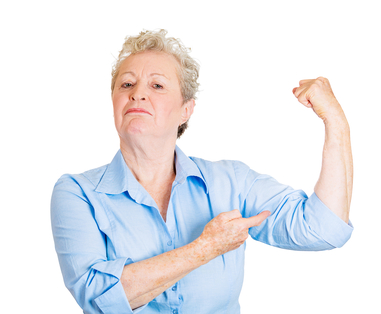Why For Boomers and Seniors, Price Is Not An Issue
Watch as Dan Ritchie, co-founder and president of the Functional Aging Institute, discusses why price is less of a concern for boomers and seniors and what is of more value to them than the price itself.

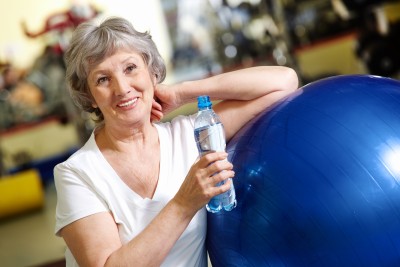

 I can’t quite remember where I heard it, but somewhere I once heard someone say that their deepest desire in life is to not leave an ounce of potential behind when they’re gone.
I can’t quite remember where I heard it, but somewhere I once heard someone say that their deepest desire in life is to not leave an ounce of potential behind when they’re gone.

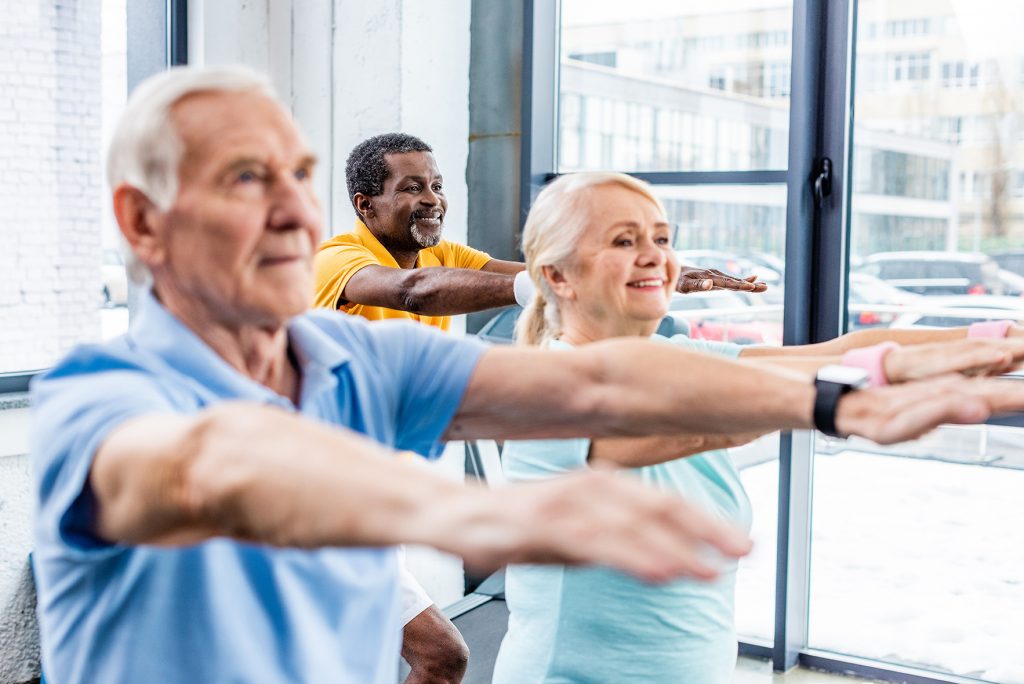
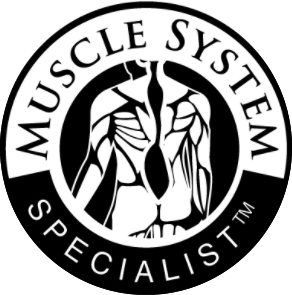



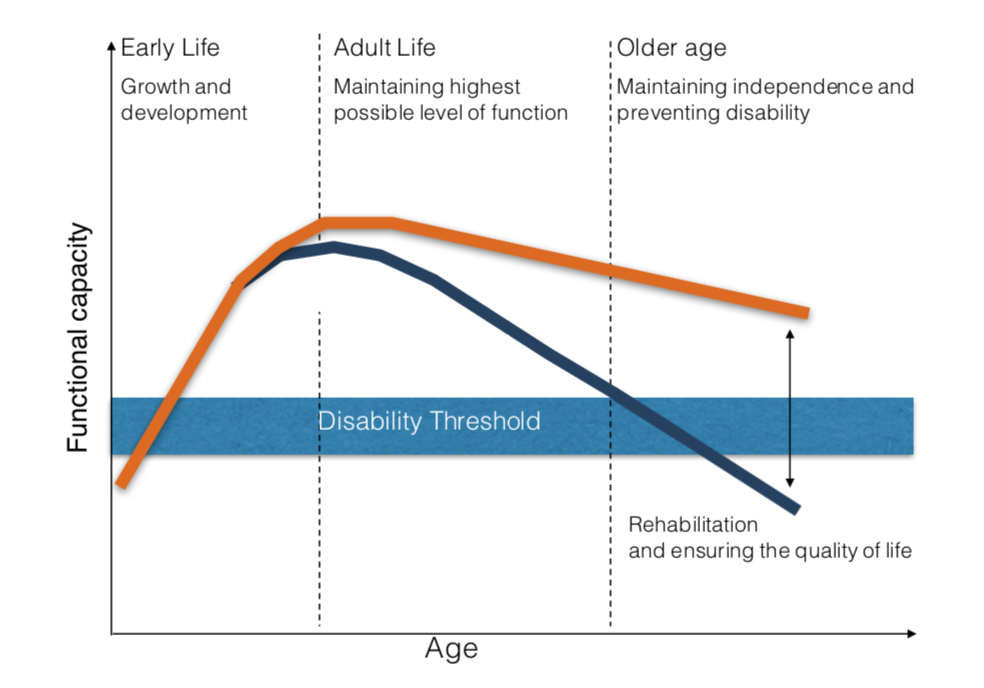

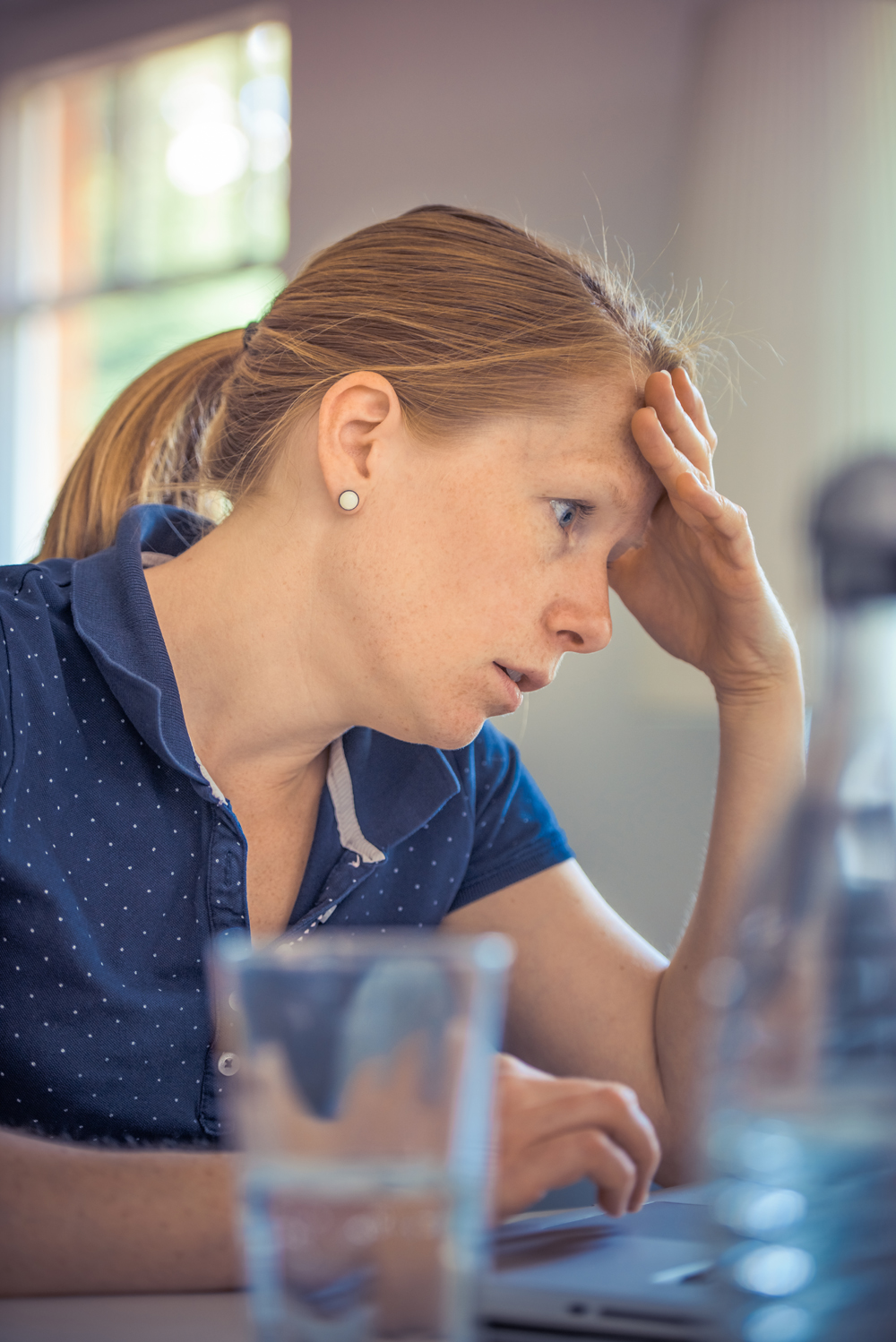
 It’s exhausting being a human today – there are over one million Google hits per day for the word “stress”. Good and bad stress is a part of the human condition and it can be real or imagined and it is certainly a broad societal issue. By making a positive “next step” in managing your stress you can avoid becoming worn out by the journey of life.
It’s exhausting being a human today – there are over one million Google hits per day for the word “stress”. Good and bad stress is a part of the human condition and it can be real or imagined and it is certainly a broad societal issue. By making a positive “next step” in managing your stress you can avoid becoming worn out by the journey of life.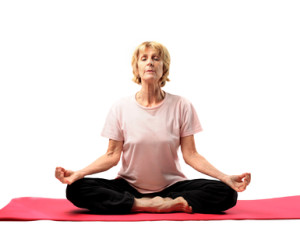 The United States Government has suggested 150 minutes per week of physical activity in addition to two days per week of strength training for 20 minutes and stretching every day. There are many meditation, relaxation response and calming apps which you can download to have with you and use when you are having a challenge with managing stress. Sit and stand tall and do not “slump” as this can cause shallow chest breathing which can trigger the fight or flight response. Try not to make important decisions while under undue stress as this may result in poor or faulty decisions.
The United States Government has suggested 150 minutes per week of physical activity in addition to two days per week of strength training for 20 minutes and stretching every day. There are many meditation, relaxation response and calming apps which you can download to have with you and use when you are having a challenge with managing stress. Sit and stand tall and do not “slump” as this can cause shallow chest breathing which can trigger the fight or flight response. Try not to make important decisions while under undue stress as this may result in poor or faulty decisions. In Part 1 of this series, we discussed the dilemma of back pain that persists despite your persistent efforts to solve the problem. You’ve been prescribed medication, exercise, and a myriad of methods to “stretch” and “loosen” your muscles, but no avail. You must be a lost cause . . . right?
In Part 1 of this series, we discussed the dilemma of back pain that persists despite your persistent efforts to solve the problem. You’ve been prescribed medication, exercise, and a myriad of methods to “stretch” and “loosen” your muscles, but no avail. You must be a lost cause . . . right?